The number of stars in the Universe is infinite if we guess that the Universe is infinite itself. We can neither prove nor disprove that by now, and there’s no way something might change soon. However, there’s no doubt that sooner or later humanity will reach the distant stars.
Top facts about the stars
- All the stars are white actually, even our own Sun. We see them colored because their rays are refracted in the atmosphere before reaching our eyes.
- Red dwarfs are the longest-living stars in the Universe. According to scientists, their lifespan can reach tens of trillions of years. For comparison, the age of the Universe is estimated at 13.799 billion years, which is hundreds of times less.
- Stars have atmospheres, just like planets. Our Sun’s atmosphere extends the boundaries of the outer Solar System.
- The average density of a neutron star is approximately equal to the density of the atomic nucleus.
- Stars of our Galaxy orbit around a supermassive black hole at its center just as planets orbit those stars.
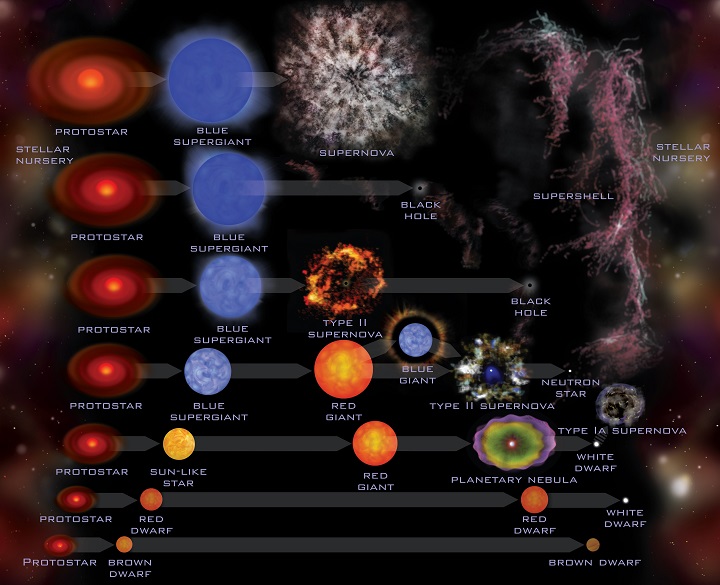
- There are about as many binary systems in the observable part of the Universe as there are single-star systems.
- People combined well-visible stars into constellations, of which there are 88 in the sky. But in fact, these stars can be very far apart and do not interact with each other in any way. Just when viewed from the Ground, the observer seems that they are located next to each other.
- The triple star system of Centauri is the closest to the Sun, 4.36 light-years away. But which of the three stars of it is closer to us depends on a certain moment in time. Proxima Centauri is the closest to us right now.
- Brown dwarfs are objects that occupy an intermediate position between stars and planets. The largest of them cannot have a mass greater than 0.07% of the mass of the Sun, otherwise, they will turn into red dwarfs. Jupiter could become a brown dwarf if it were 12.5 times more massive than it is now.
- The first realistic project of interstellar flight was developed in the 70s of the XX century. The unmanned starship Daedalus was to be built in the orbit of Jupiter and equipped with thermonuclear engines, with which it would take 50 years to reach the Barnard star system located 5.96 light-years away. Unfortunately, the project was canceled.
- The brightest star in the night sky is Sirius. It is 25 times more luminous than the Sun, which is not really much, but it seems so bright to us because it is located not too far away from us.
- Blue stars are the hottest stars. They are quite rare because they are the shortest-lived, their lifespan is several million years on average, more or less. This time isn’t enough even to form a planetary system.
- The most promising candidates for searching for extraterrestrial life are yellow dwarfs similar to our Sun.
- The red hypergiant VY Canis Majoris is larger than our Sun by 3 billion times in volume and 1420 times in radius. It was considered the largest star in the Universe before the discovery of the UY Scuti which is even more huge.
- The largest star known to mankind is the aforementioned UY Scuti. It’s quite impressive: 1,708 solar radii (up to 1,900 at moments of pulsation), 5 billion solar volumes. If the UY Scuti were suddenly in the place of the Sun, its photosphere would reach the orbit of Jupiter.
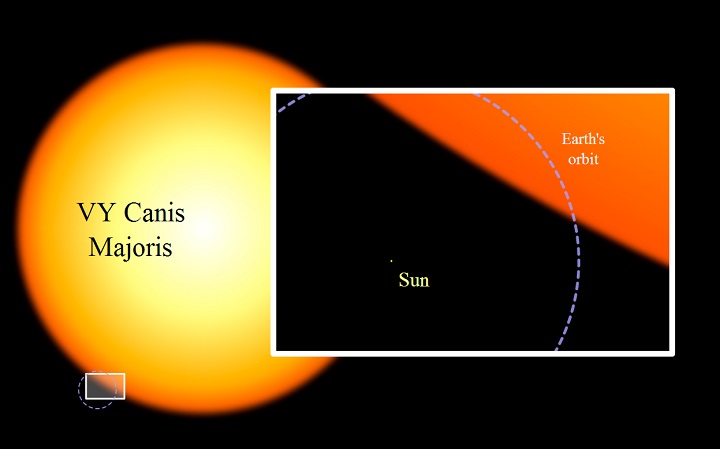
- The star most similar to the Sun is called 47 Ursae Majoris. This yellow dwarf located 45.9 light-years away has a mass of 103% solar and a diameter of 126% solar. At least three exoplanets orbit it.
- The most common stars in the Universe are red dwarfs, which account for about 90% of all discovered stars. Their average size is about 10 times smaller than that of the Sun.
- Nothing in the Universe lasts forever. Stars die, and even black holes eventually evaporate due to Hawking radiation and disappear.
- The temperature inside a star can reach millions of degrees, but on its surface, it’s lower. The surface temperature of the Sun, for example, is about 5778 K. Ordinary lightning on Earth is twice as hot. At the same time, the solar bowels are heated to millions of degrees.
- Star systems can consist of a large number of stars that are gravitationally bound to each other. At the moment, the record holder is considered to be a Nu Scorpii – this system includes as many as 7 stars! Nu Scorpii is about 470 light-years away from the Sun.
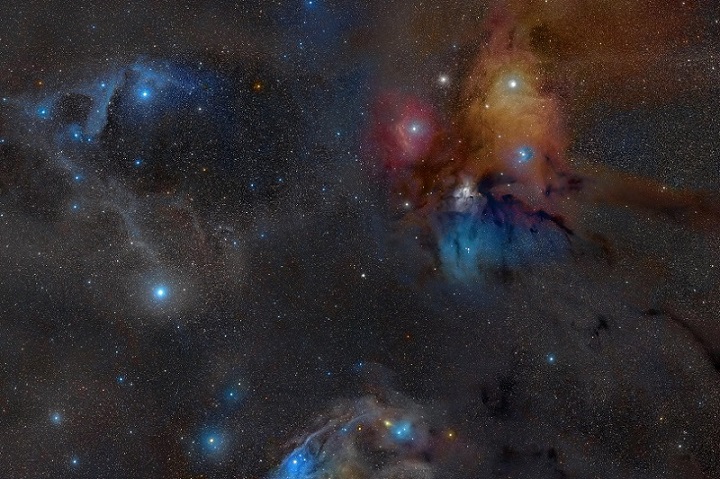
- The star BPM 37093, aka Lucy, is 50 light-years away. This is a white dwarf crystallized into the largest diamond in the Universe. Actually, about 90% of the mass of BPM 37093 is accounted for by this very diamond.
- Not all stars revolve around the centers of their galaxies. Science believes that there are wandering stars moving along their own trajectory also. It’s possible that such objects may exist even in intergalactic space.
- Approximately 97% of all stars in the Milky Way eventually turn into white dwarfs, cool down, and go out. The remaining 3% become neutron stars and black holes.
- The blue hypergiant R136a1 located 165,000 light-years away is the heaviest, hottest, and brightest star in the Universe we know. Its luminosity exceeds that of the Sun by 10 million times, its mass by 315 times, and its temperature by about 10 times.
- The smallest stars are neutron ones, with an average radius of 6-12 miles (10-20 km). But because of their monstrous density, their mass is comparable to that of the Sun.
- Stars with a mass of 8 solar masses or higher have a chance to become a supernova. Supermassive stars turn into hypernovae – the same thing but even more powerful and brighter.
- Neutron stars are formed as a result of supernova bursts, and such a cataclysm usually throws planets (if there are any) into outer space. But they may survive, or new planets may form from the remnants of substance in the future.
- If a star tens of light-years away suddenly would turn into a supernova, its radiation could destroy all life on Earth. The good thing is supernova gamma-ray is are narrowly directed usually, and the chance that our Solar system will fall into this beam is tiny.
- Everything around us is made from leftovers of exploded stars. Actually, about 90% of our bodies and the Earth in general (that is, everything except hydrogen molecules) are the product of supernovae.
- Not all stars have a habitable zone in which life would be possible if there were a suitable planet. The radiation of some of them is too strong, and life in any form known to us is impossible in such systems.

- Some neutron stars rotate around their axis at breakneck speed, reaching 500-700 revolutions per second. At the same time, they emit pulses in different ranges, and therefore they are usually called pulsars.
- One teaspoon of neutron star matter is comparable in mass to Earth.
- Main-sequence suns with a mass of 8 sols turn into neutron stars at the final stage of life, and those with a mass of 40 sols turn into black holes.
- The gravity of black holes is so strong that nothing can escape it, not even the quanta of light.
- Components of binary star systems can exchange matter, especially if one of them is a black hole. Simply put, it happens that a black hole gradually devours its neighbor.

- The double star Eta Carinae has a total luminosity of both components 5.000.000 times that of the Sun. This supergiant is unstable, and it can turn into a supernova at any moment.
- Black holes don’t rotate around their axis usually, but there are exceptions. Rotating black holes appear in the case of a merger of two or more regular ones.
- The yellow dwarf Tau Ceti located 12 light-years away has 4 planets at least, and 2 of them are in the habitable zone.
- There are supermassive black holes at the center of most galaxies. The smallest of them surpass the Sun in mass by about 1.000.000 (one million) times, and the largest – by 1.000.000.000.000 (one quadrillion) times. The black hole in Milky Way is called Sagittarius-A*.
- There may also be planets in binary star systems. If the system components are far enough apart, each of them may have its own planetary system. If not, it may turn out to be quite an exotic thing – the planets will orbit both stars at once.
- The Pistol Star emits as much light into space in 1 minute as our Sun emits in 3 years, and the above-mentioned Eta Carinae does the same in just 20 seconds.
- The sun rotates around the center of the Milky Way in 225-250 million years. It moves in its orbit at 1/1300 of the lightspeed.
- The star MACS J1149 Lensed Star 1, also known as Icarus, is the farthest from us in the observable Universe. The distance to it reaches 9.000.000.000 (nine billion) light-years. However, we see its rays emitted 9 billion years ago, which means one thing: Icarus has long since crumbled to dust. It was a blue supergiant, and such stars don’t live that long.
- One of the coldest stars known to astronomers is the red dwarf TRAPPIST-1, which is about twice as cold as the Sun. There are at least 7 planets orbiting it, but most likely there’s no life on them since the luminosity of TRAPPIST-1 is 1.900 times weaker than that of the Sun. However, three planets in that system are still in the habitable zone, so who knows?..
- The oldest star is SMSS J031300. 36-670839. 3, which belongs to the second generation of stellar objects in the Universe. It is estimated to be 13.7 billion years old, meaning it originated about 99 million years after the Big Bang.
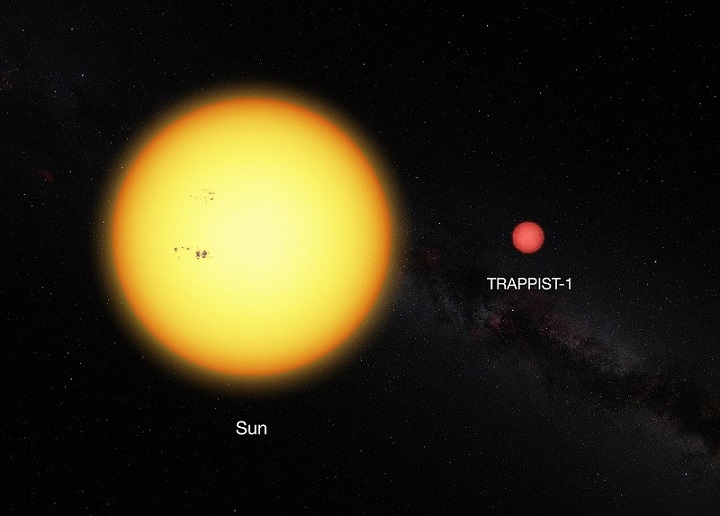
- The sub-dwarf HE 2359-2844 in the Sculptor constellation is very interesting due to its high metallicity. It contains 10.000 more such metals as lead, zirconium, and yttrium than the Sun.
- The fastest rotating star in the Universe is pulsar XTE J1739-285, it makes 1122 revolutions per second.
- The Thorne — Żytkow object is a very interesting star. Scientists believe that it’s a red giant that merged together with a neutron star. It’s absolutely unique, if so.
- The first star with a planetary system reliably detected is PSR B1257+12. That’s a pulsar with 3 planets that are completely sterilized and burned out by the radiation of their sun.
- The smallest star is the red dwarf 2MASS J0523-1403. Its radius is only 8.6% of the Sun’s one, and the surface temperature of 2074 K makes it the coldest known star as well.
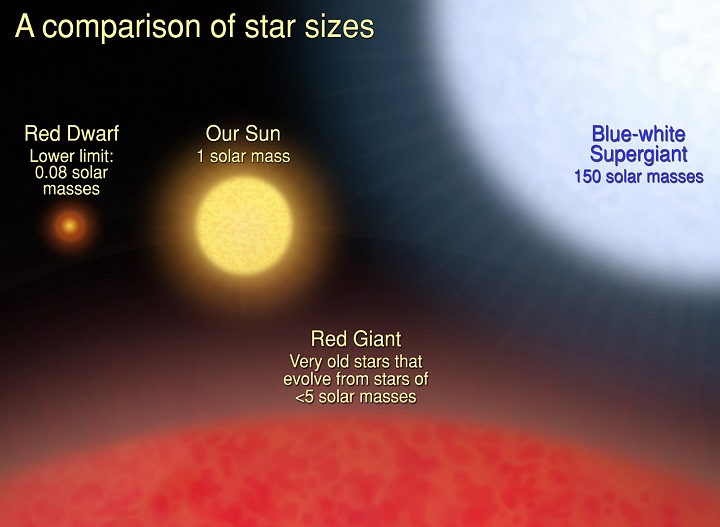
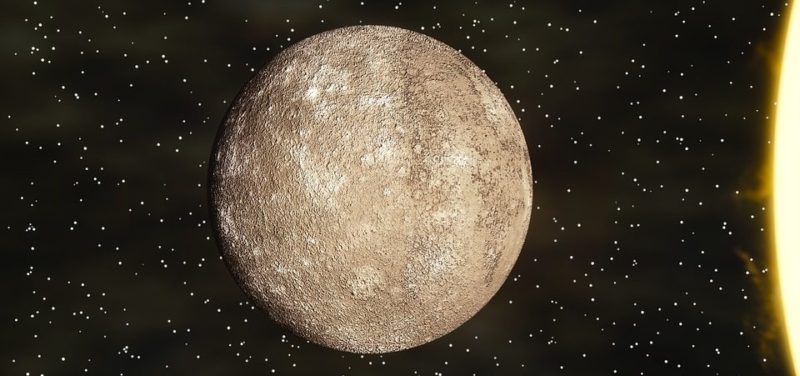

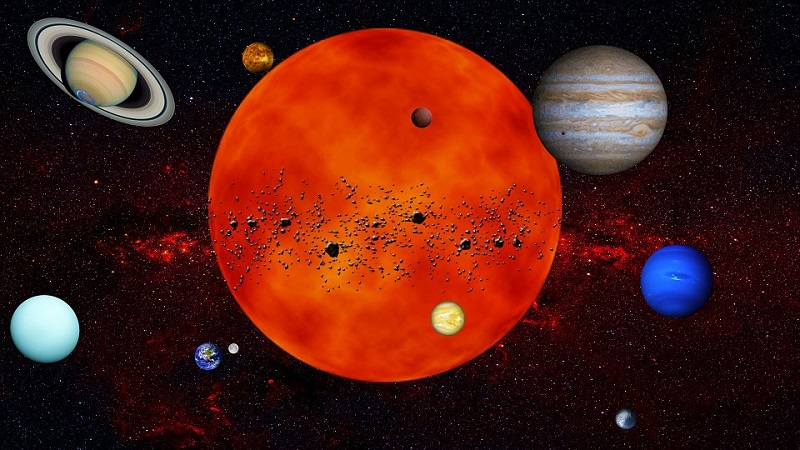

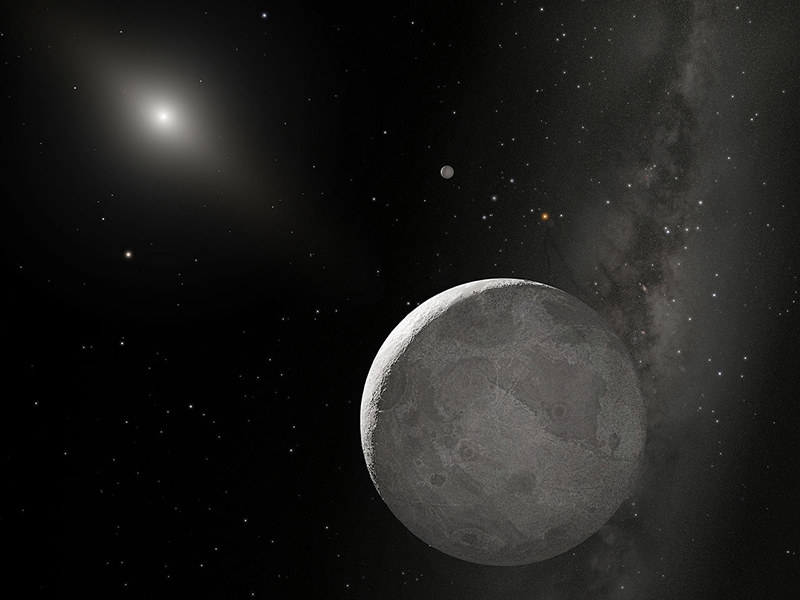
Pingback: Facts about stars in the galaxy — Информационный сайт